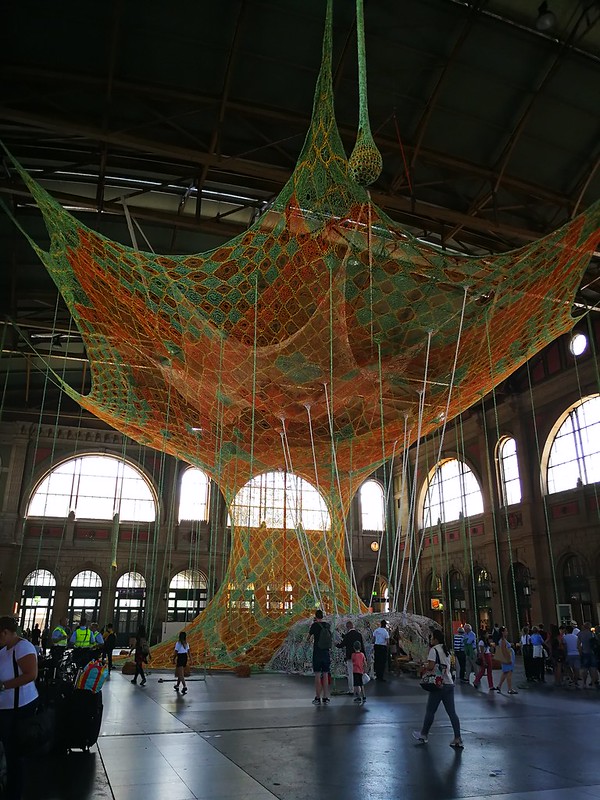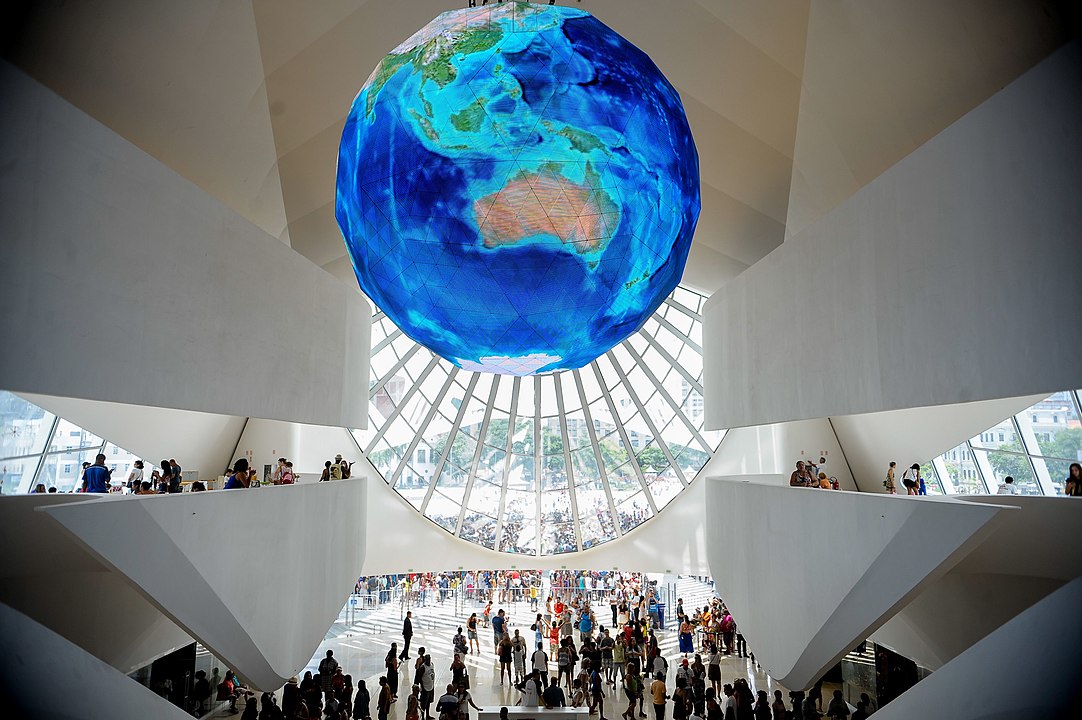by Eirini Polydorou
Artists get funding to create “greener” cultural projects in Canada, Ireland and the United Arab Emirates, while this is not the case for artists in Sint Maarten or Turkey, according to the new report “Towards Sustainable Arts – Global Edition Practices and Policies from Eight Countries Worldwide”.
Building on the 2022 European edition, the new research goes international, exploring culture and sustainability in Brazil, Canada, Ireland, India, Sint Maarten, Turkey, the United Arab Emirates and Zimbabwe.
The report approaches sustainable arts over four pillars in the different countries, including policy and resources, strategy and initiatives, raising awareness through art, and artistic solutions to the climate crisis.
The report concludes that sustainability applications in the arts are a dynamic, globally rising trend triggered by individual artists and deeply intertwined with the cultural characteristics of local populations. They are present in various top-down or bottom-up policy mixtures and are dependent on national politics.
Pioneering Artists
For instance, pioneering artists are leading the way in bringing about change beyond borders. One such artist is Ernesto Neto, a Brazilian urban contemporary artist who creates climate-related cultural works, such as the 'Gaia Mother Tree' (see image below).

This installation is a colourful, giant tree made of organic, hand-knotted cotton strips — a craft passed down through generations of indigenous people. Focusing on the myths and rituals of indigenous peoples, this work, located at Zurich's Central Station, raises awareness of indigenous peoples of Brazil at one of Switzerland's most visited sites.
Top-down Policy Approaches in Canada
An example of a structured top-down policy can be seen in Quebec, where the CCS accounts for 2.3% of the province’s GDP and employs 4% of its active population. This is higher than the relevant figure of 3.2% for the rest of Canada.
The environmental footprint of cultural venues and projects is measured, and the 600 exhibition sites of the Société des musées du Québec follow their Sustainability Chart rules. Cultural organisers are supported with sustainability training with programs such as the Écoscéno and visitors to museums and cultural events, such as the Festival TransAmériques (FTA), are provided with sustainability guidance.
During 2022-2023, 58 “greening” artistics projects were publicly funded, such as the theatre play “Plastique” produced by Théâtre du Portage (image below).

Bottom-up Approaches in Sint Maarten and Zimbabwe
In countries such as Sint Maarten and Zimbabwe, where there is little or no relevant national policy, communities and individual artists are taking the initiative by building bottom-up approaches. “I believe in it. It’s got to happen!” says Menelik in Sint Maarten, envisioning a large-scale, sustainability-centred art festival despite having no funding secured.
Politics over Policy in Turkey and Brazil
In Turkey, projects such as the “Between Two Seas” by Serkan Taycan, work on environmental awareness, yet at the risk of activism in a repressive political climate, according to the report.
There are also political implications reported for Brazil, where the Ministry of Culture was downgraded to the level of Secretariat by the previous government. This occurred despite the CCS's comparatively high contribution of 3% to the national GDP and its provision of over 7.5 million jobs.
The Ministry has now been reinstated and has introduced three new national SDGs: Racial Equality (SDG 18), Arts, Culture, and Communication (SDG 19) and the Rights of Indigenous Peoples and Traditional Communities (SDG 20).
Highlights in the report for Brasil also include the Museum of Tomorrow (header image) on getting inspired for the future through culture and technology and Regenera Museu on culture and sustainability.
Challenges in India and the UAE
In India, traditional craftsmen such as the Pitchuka family in Kalamkari produce work using inherently sustainable practices. However, they face challenges from market competition, fast fashion, climate change and digital barriers, as well as the limited outreach of relevant support programmes such as the National Handicrafts Development Programme.
On the contrary, the United Arab Emirates provides public funding for 'greening' cultural projects and infrastructure. This includes transforming historic sites and new buildings into sustainable, functional cultural centres, such as the Louvre Abu Dhabi.
As discussed in the report, UAE policymakers have developed a Culture Agenda 2031 in collaboration with UNESCO. This agenda includes 75 initiatives on sustainability and culture. The UAE is one of the countries with the highest carbon footprints and lacks a unified framework for monitoring culture and sustainability.
Risking Instrumentalisation of Culture in Ireland
In Ireland, local climate-related cultural projects also receive public funding, albeit limited. The authors of the report acknowledge the country's progress in recognising the power of the arts to raise awareness and inspire action, particularly through the “Embedding, Engaging and Enhancing” policy framework.
However, they discuss the balance between supporting and instrumentalising culture, and the implications of burdening the arts with the responsibilities of other policy areas. For instance, they state that 'urban regeneration is not an arts policy problem, but a housing and planning problem'.
You can find out more here
Image Credits:
Image 1 featuring the Museum of Tomorrow in Brazil, source @Tomaz Silva/Agência Brasil , CC BY 3.0 br.
Image 2 - featuring “Plastique” by Théâtre du Portage, source © Vanessa Fortin. Courtesy of “Towards Sustainable Arts – Global Edition Practices and Policies from Eight Countries Worldwide”.
Image 3 featuring “Gaia Mother Tree” by Ernesto Neto, source ©art_inthecity, Ernesto Letto, CC BY 2.0.










